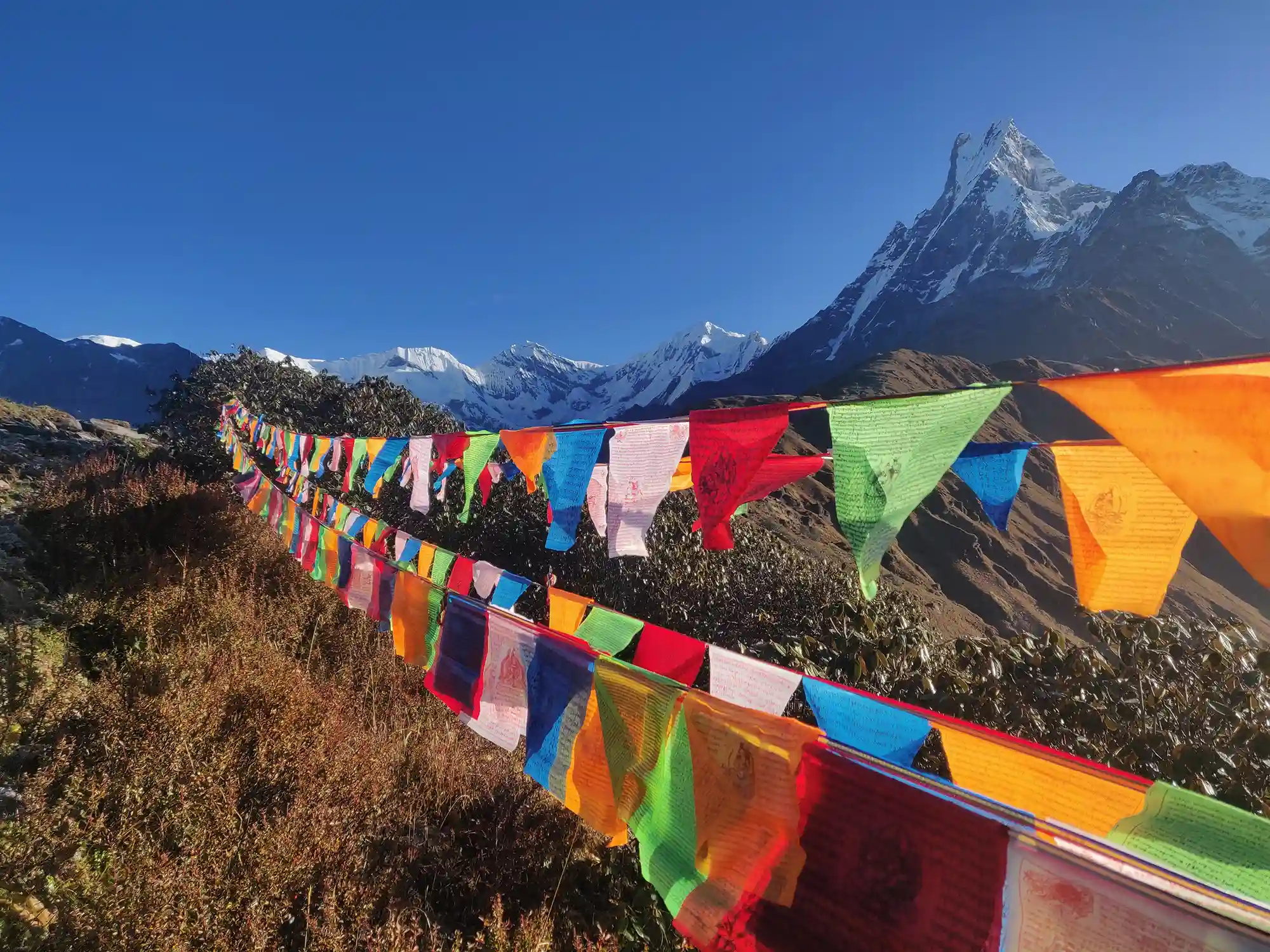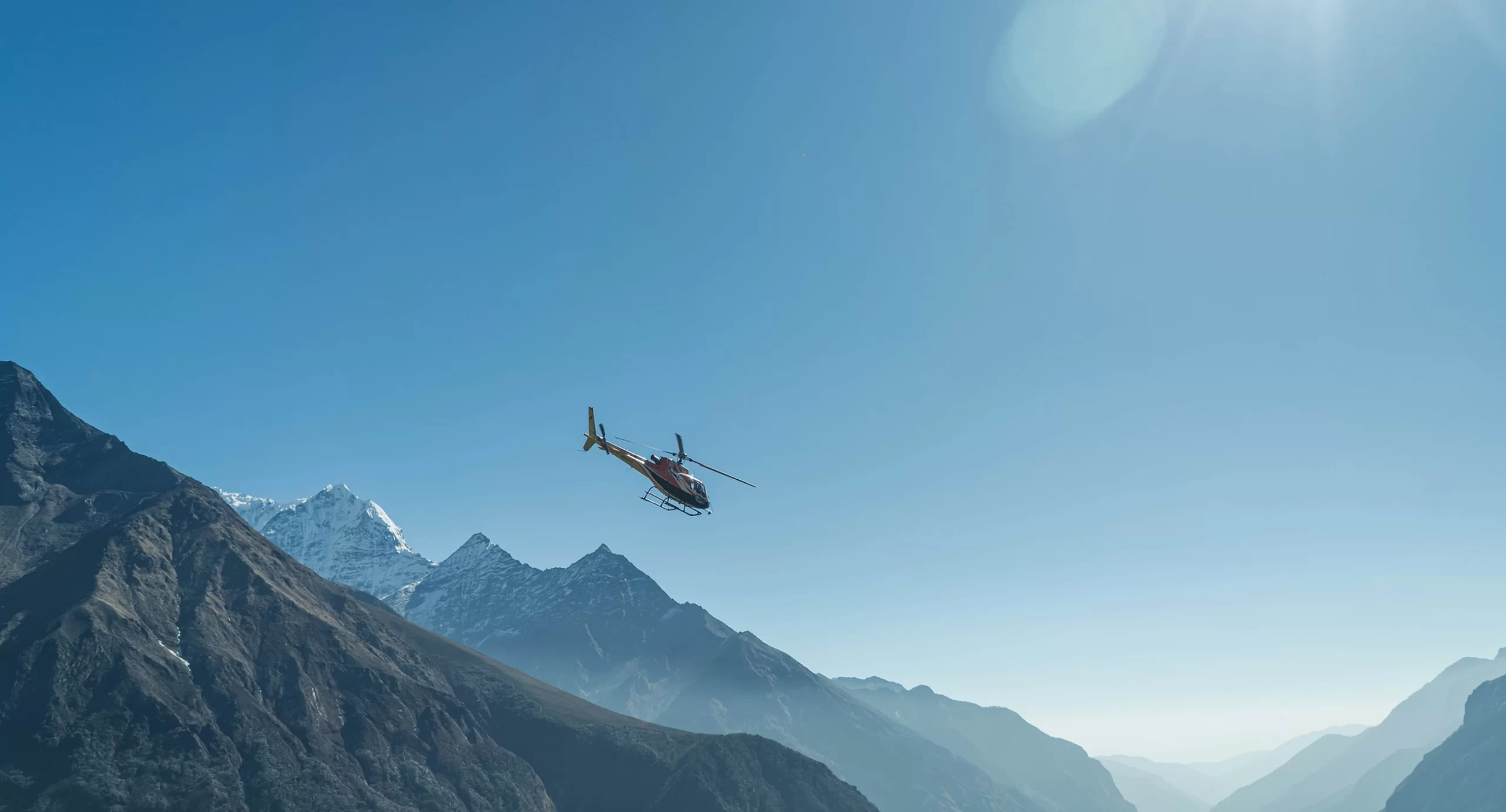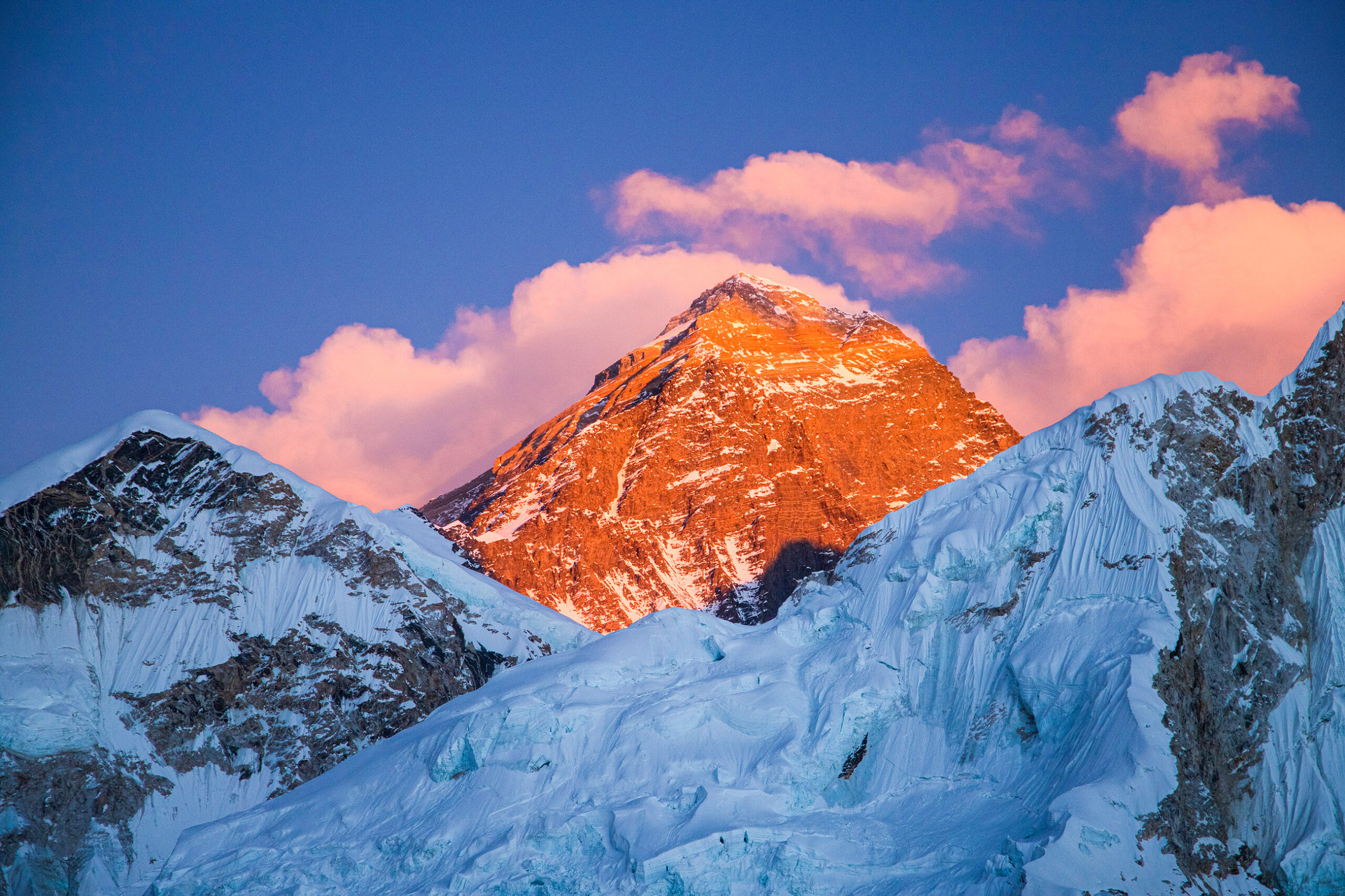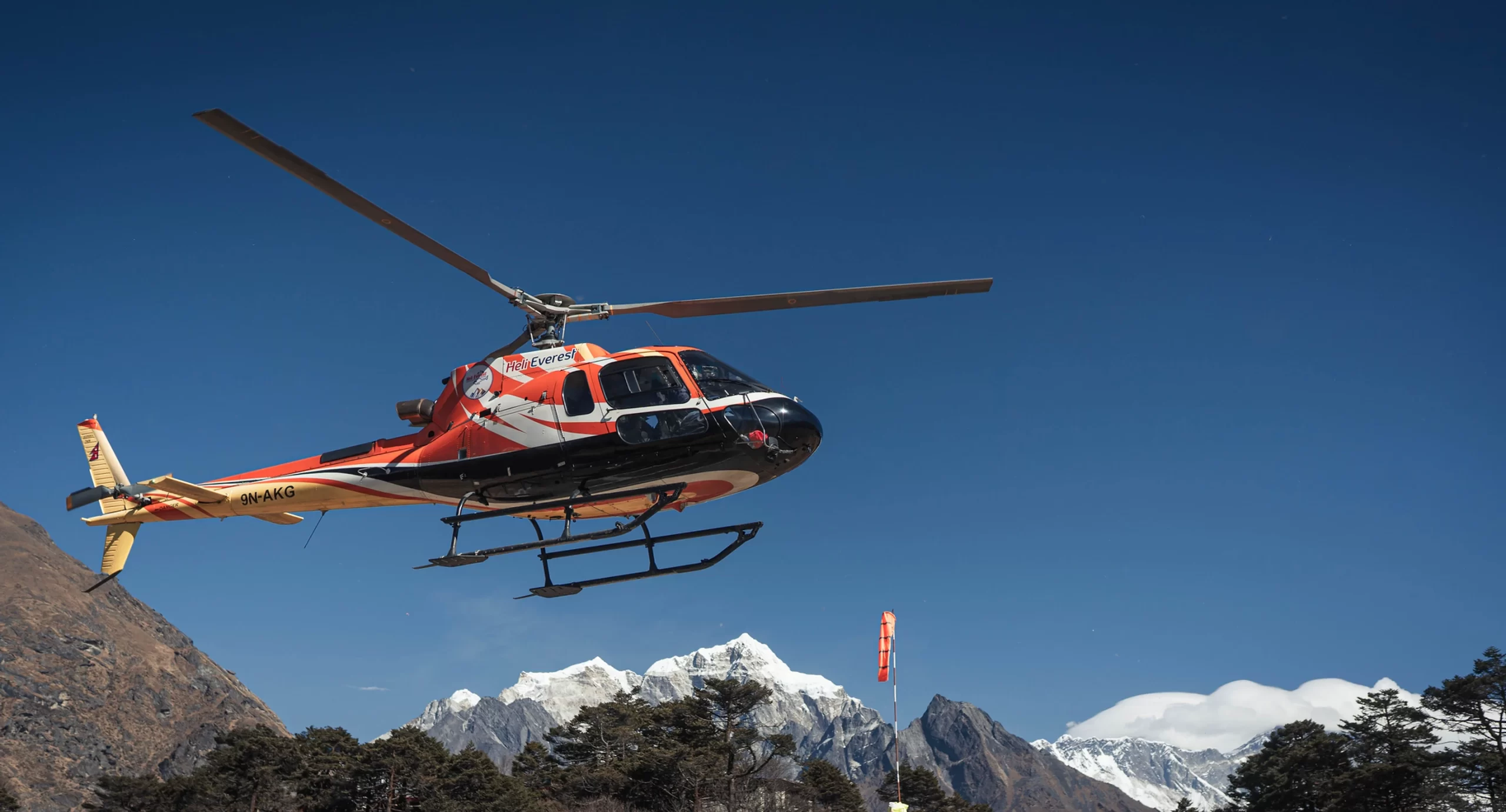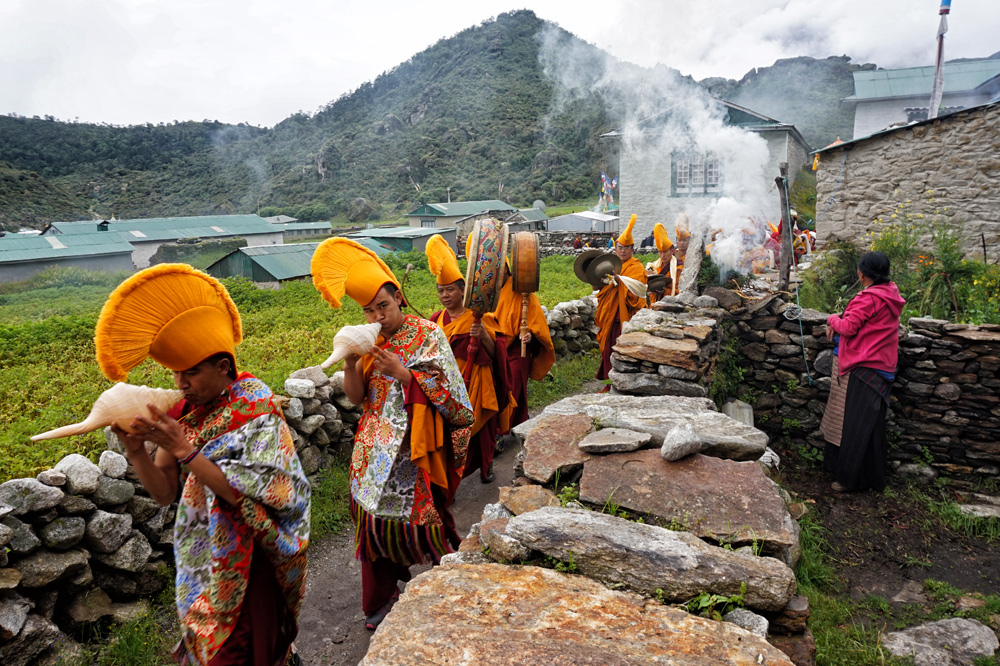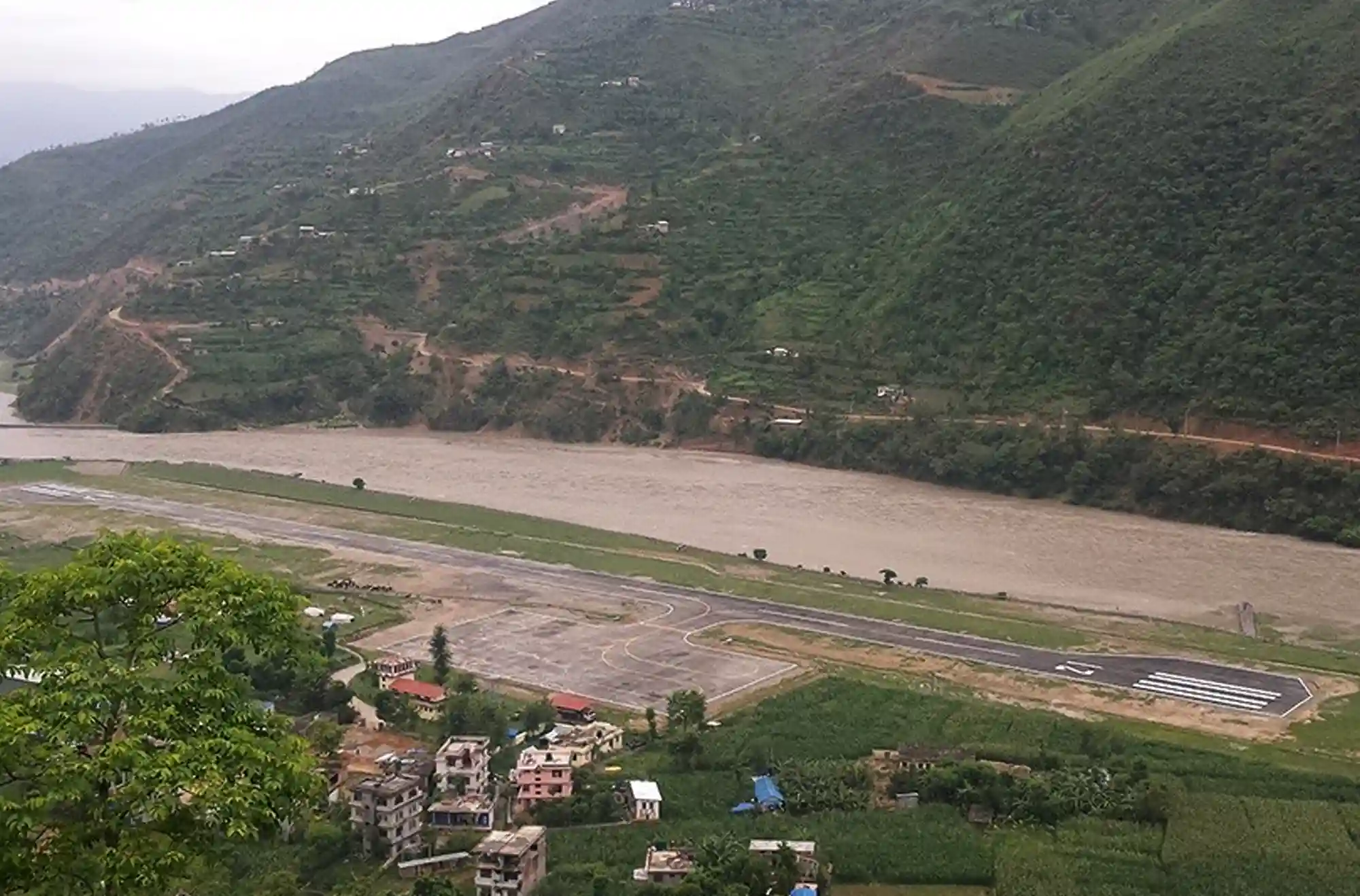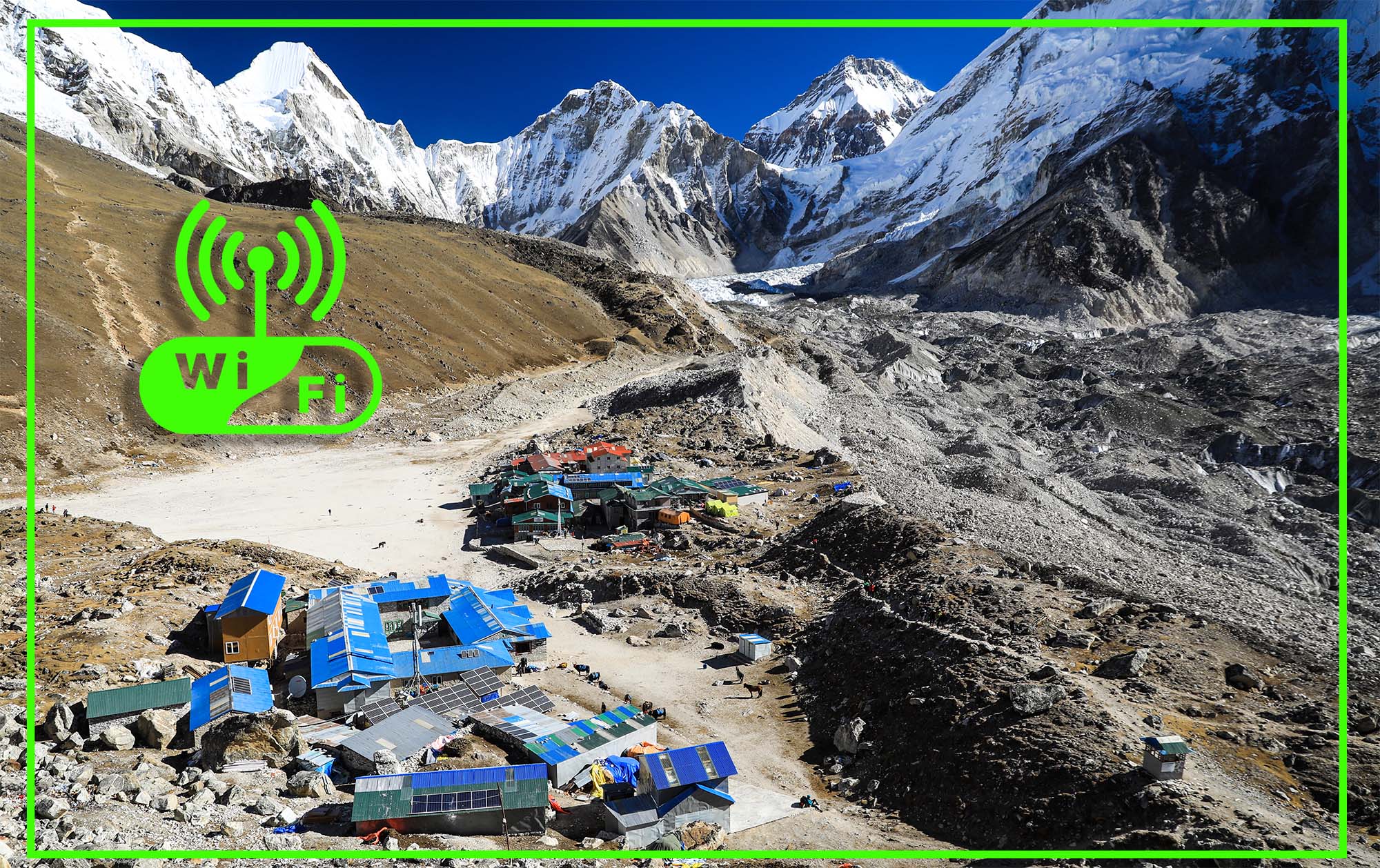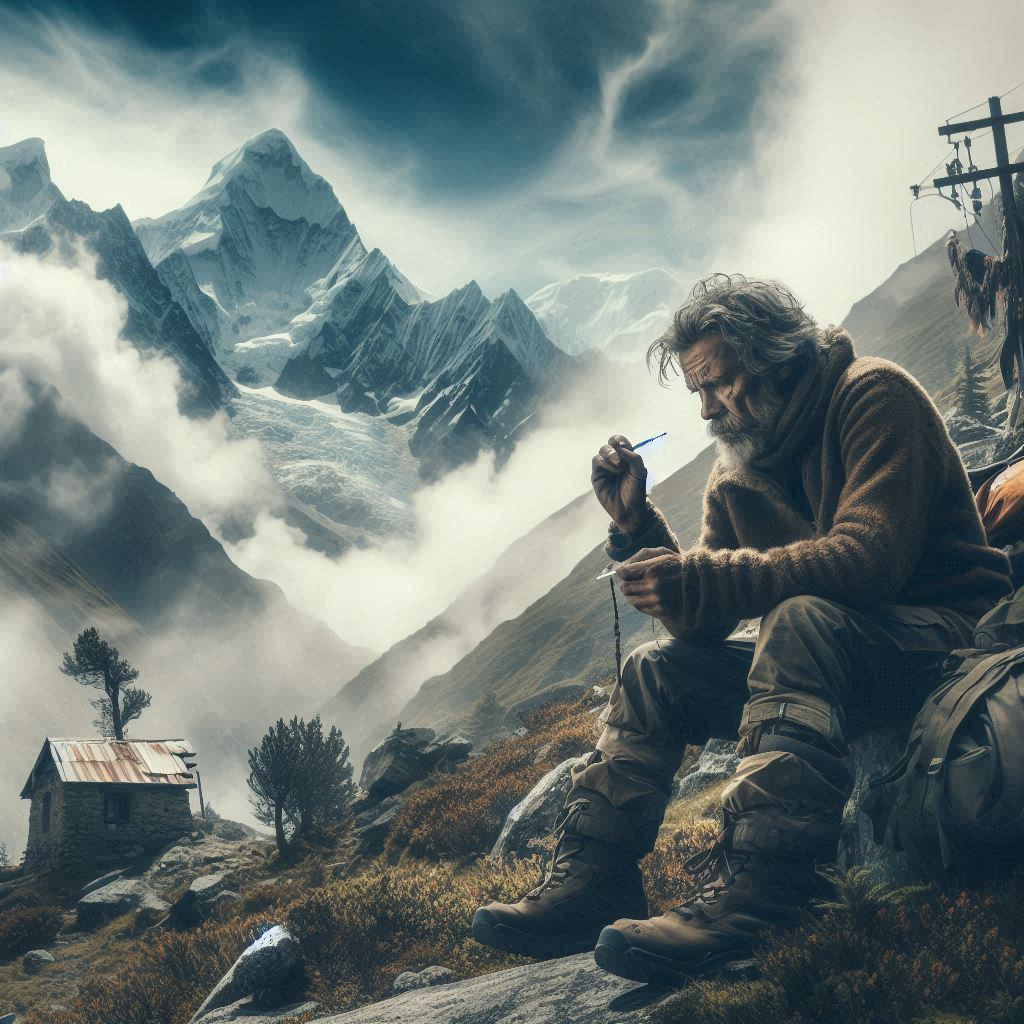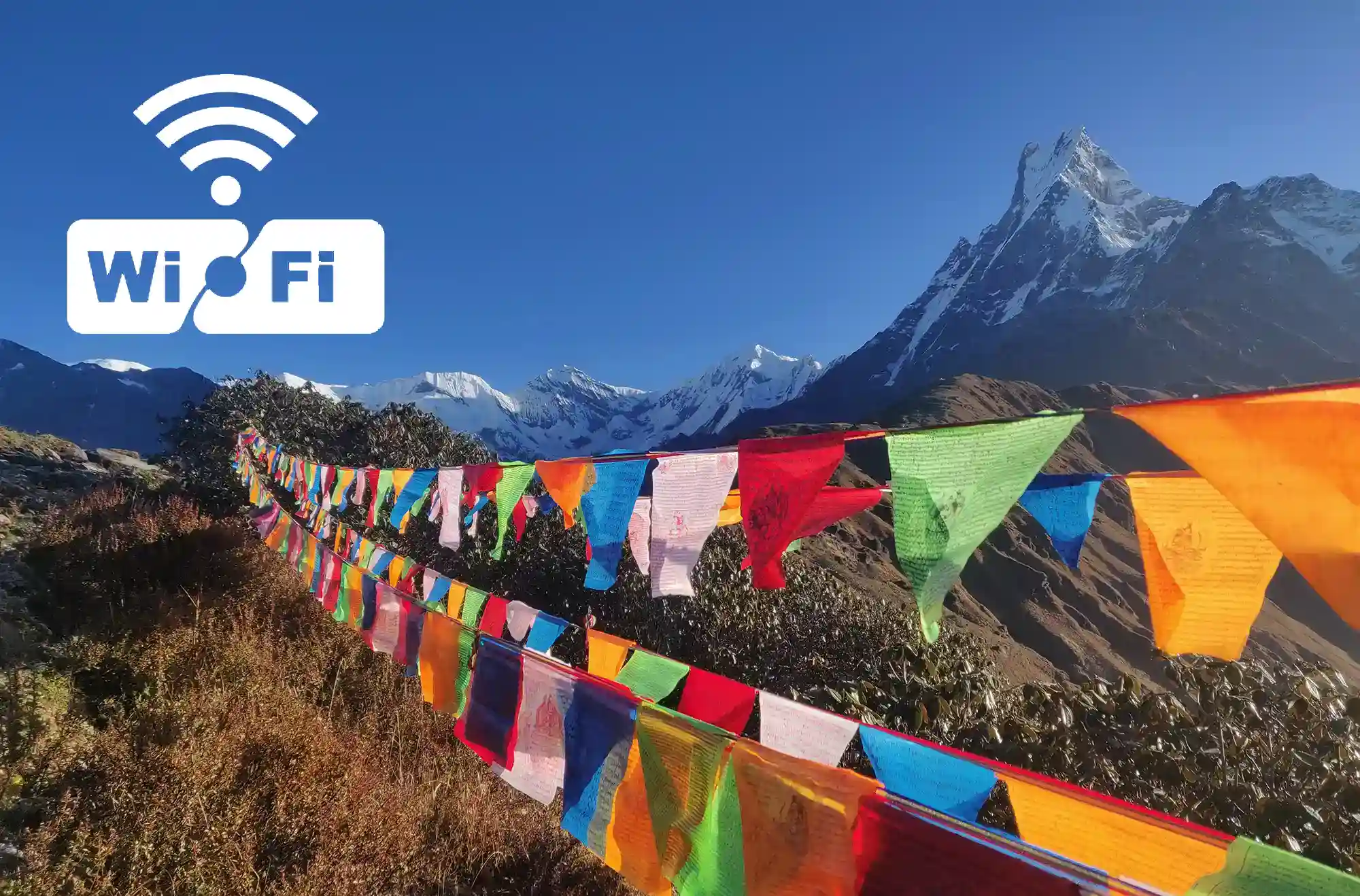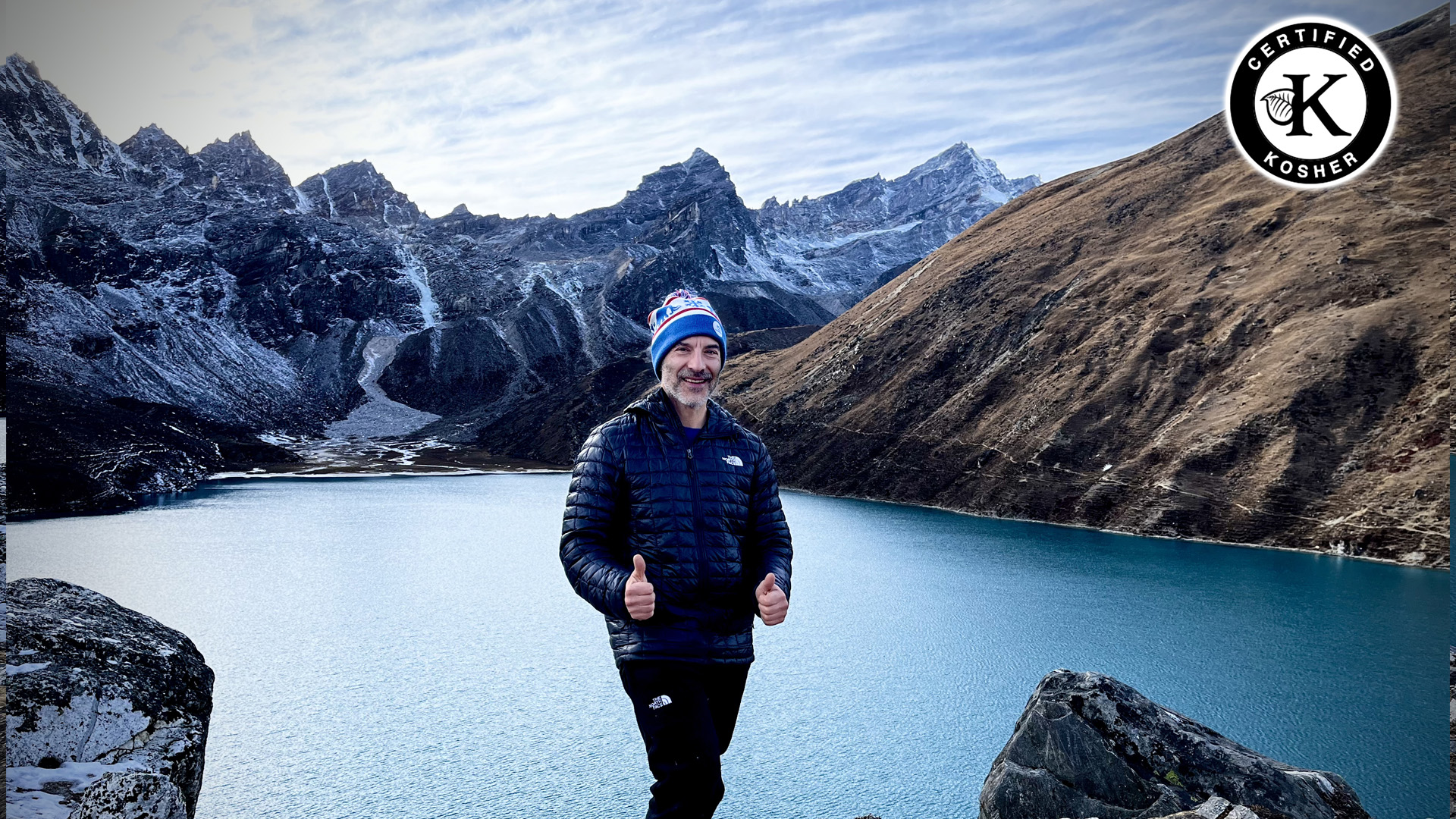Nestled in the heart of the Himalayas, the Annapurna massif is a majestic range that captivates trekkers and mountaineers from around the globe. Among its many peaks, Mount Annapurna I stands out as one of the highest and most formidable, with a height of 26,545 feet. This travel blog will guide you through the experience of trekking to Annapurna Base Camp, the base camp’s elevation, the exhilarating Annapurna Base Camp helicopter tour, and all the essentials you need to know for this incredible journey.
The Magnificence of Mount Annapurna
Mount Annapurna, the 10th highest mountain in the world, has a rich history of mountaineering feats and challenges. The height of Mount Annapurna in feet is a staggering 26,545, making it a coveted summit for climbers. The name “Annapurna” means “Goddess of the Harvests” in Sanskrit, reflecting the mountain’s spiritual significance and the lush, fertile landscapes that surround it.
Starting the Annapurna Base Camp Trek
The adventure to Annapurna Base Camp (ABC) typically begins from Pokhara, a vibrant city in central Nepal known for its scenic lakes and stunning mountain views. From Pokhara, trekkers make their way to Nayapul, where the actual trekking begins. The trail winds through terraced fields, charming villages, and dense rhododendron forests, offering a kaleidoscope of natural beauty.
Understanding Annapurna Base Camp Elevation
One of the key questions for trekkers is, “How high is Annapurna Base Camp?” The base camp itself is situated at an elevation of 13,550 feet (4,130 meters) above sea level. This altitude, though significantly lower than Everest Base Camp, still poses challenges due to thinner air and potential altitude sickness. Proper acclimatization and gradual ascent are essential to ensure a safe and enjoyable trek.
The Thrill of the Annapurna Base Camp Helicopter Tour
For those who wish to experience the grandeur of Annapurna without the extended trek, an Annapurna Base Camp helicopter tour offers a breathtaking alternative. These tours provide a bird’s-eye view of the stunning Annapurna range, including Annapurna I, Dhaulagiri, Machapuchare (Fishtail), and other towering peaks.
Helicopter tours usually start from Pokhara, flying over picturesque valleys, traditional villages, and lush forests before reaching Annapurna Base Camp. The sight of the snow-capped peaks from the air is awe-inspiring, and the experience of landing at the base camp allows visitors to absorb the majestic scenery without the physical exertion of trekking.
The Journey with Organized Trekking Companies
Several renowned trekking companies offer guided tours to Annapurna Base Camp. These organized treks provide structure, experienced guides, and logistical support, ensuring a smooth and enjoyable adventure.
Organized treks emphasize safety, cultural immersion, and responsible tourism. Trekkers are often accompanied by local guides who share insights into the region’s culture, history, and natural environment. This enhances the trekking experience, providing a deeper understanding of the Annapurna region and its people.
Acclimatization and Preparation
Preparation is crucial for a successful Annapurna Base Camp trek. Trekkers should ensure they are physically fit, capable of handling long hikes, and prepared for varying weather conditions. Training should include cardiovascular exercises, strength training, and practice hikes to simulate trekking conditions.
Acclimatization is equally important. The ascent should be gradual, with acclimatization days built into the itinerary. Spending extra days in places like Ghorepani and Chhomrong helps the body adjust to the altitude and reduces the risk of altitude sickness.
Experiencing the Culture and Scenery
The trek to Annapurna Base Camp is a cultural and natural feast. The trail passes through traditional Gurung and Magar villages, where trekkers can experience local hospitality and traditions. Staying in teahouses, visitors have the opportunity to interact with local families, taste Nepali cuisine, and learn about the region’s way of life.
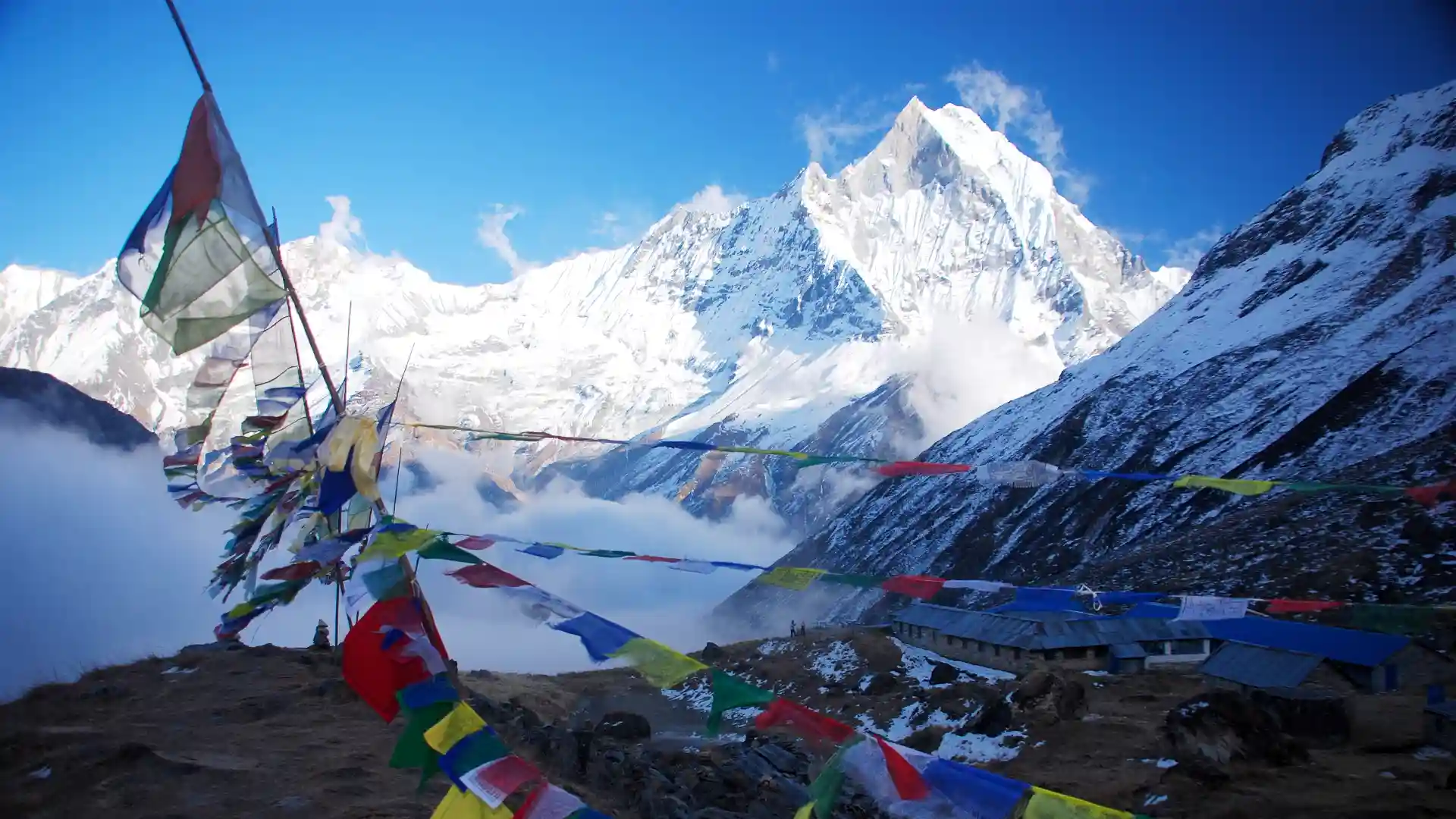
The scenery along the trek is nothing short of spectacular. From lush, subtropical forests to alpine meadows and towering peaks, each day offers new and diverse landscapes. The highlight is undoubtedly the arrival at Annapurna Base Camp, surrounded by a natural amphitheater of snow-capped peaks. The sight of Annapurna I, standing tall at 26,545 feet, is a moment of awe and inspiration.
The Challenges and Rewards of the Trek
The Annapurna Base Camp trek presents its own set of challenges. The high altitude, unpredictable weather, and rugged terrain require physical stamina and mental determination. However, the rewards far outweigh the difficulties. The sense of accomplishment upon reaching the base camp, the breathtaking views, and the cultural richness make the journey incredibly rewarding.
Standing at Annapurna Base Camp, at an elevation of 13,550 feet, trekkers are surrounded by some of the world’s highest and most beautiful peaks. The experience fosters a deep connection to nature, a sense of achievement, and memories that last a lifetime.
Returning from the Trek
After reaching Annapurna Base Camp, the descent back to Pokhara is quicker, but no less beautiful. Trekkers often take the opportunity to revisit favorite spots and enjoy the journey at a more relaxed pace. The return to lower altitudes brings relief from the thin air, and the lush landscapes offer a soothing contrast to the rugged highlands.
Back in Pokhara, trekkers can unwind by the lakeside, explore local markets, and reflect on their adventure. The city offers a blend of relaxation and exploration, with activities like boating on Phewa Lake and visiting the Peace Pagoda.
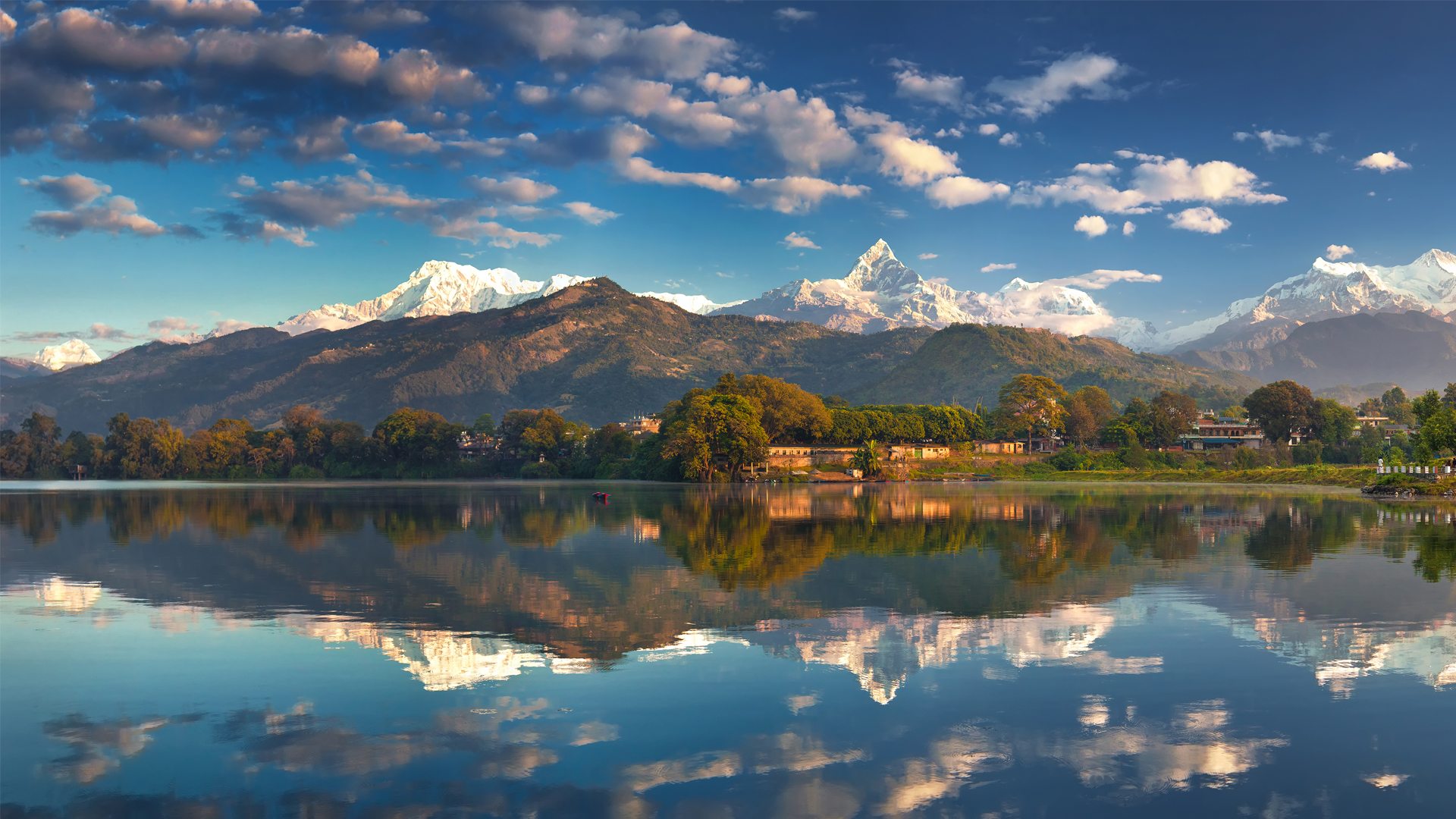
Tips for a Successful Trek
- Preparation: Train well in advance, focusing on cardiovascular fitness and strength.
- Acclimatization: Take your time to acclimate, and heed the advice of your guides.
- Gear: Invest in quality gear, including warm clothing, sturdy boots, and a reliable sleeping bag.
- Hydration: Stay hydrated to help with acclimatization and overall health.
- Nutrition: Eat well and carry energy snacks to keep your strength up.
- Respect the Culture: Be respectful of local customs and traditions.
- Sustainability: Follow the principles of Leave No Trace to minimize your environmental impact.
Conclusion
Trekking to Annapurna Base Camp is a journey filled with natural beauty, cultural richness, and personal achievement. From understanding the height of Mount Annapurna in feet to experiencing the Annapurna Base Camp altitude, every step of the trek offers new challenges and rewards. Whether you choose to hike the trail or opt for an Annapurna Base Camp helicopter tour, the experience will leave you with memories and stories to cherish forever.
The base camp Annapurna elevation of 13,550 feet is a testament to the heights humans can reach, both physically and metaphorically. It’s a journey that challenges the body, enriches the soul, and offers a deeper connection to nature, culture, and oneself. So lace up your boots, pack your bags, and get ready to embark on an adventure to one of the most beautiful regions in the world.

